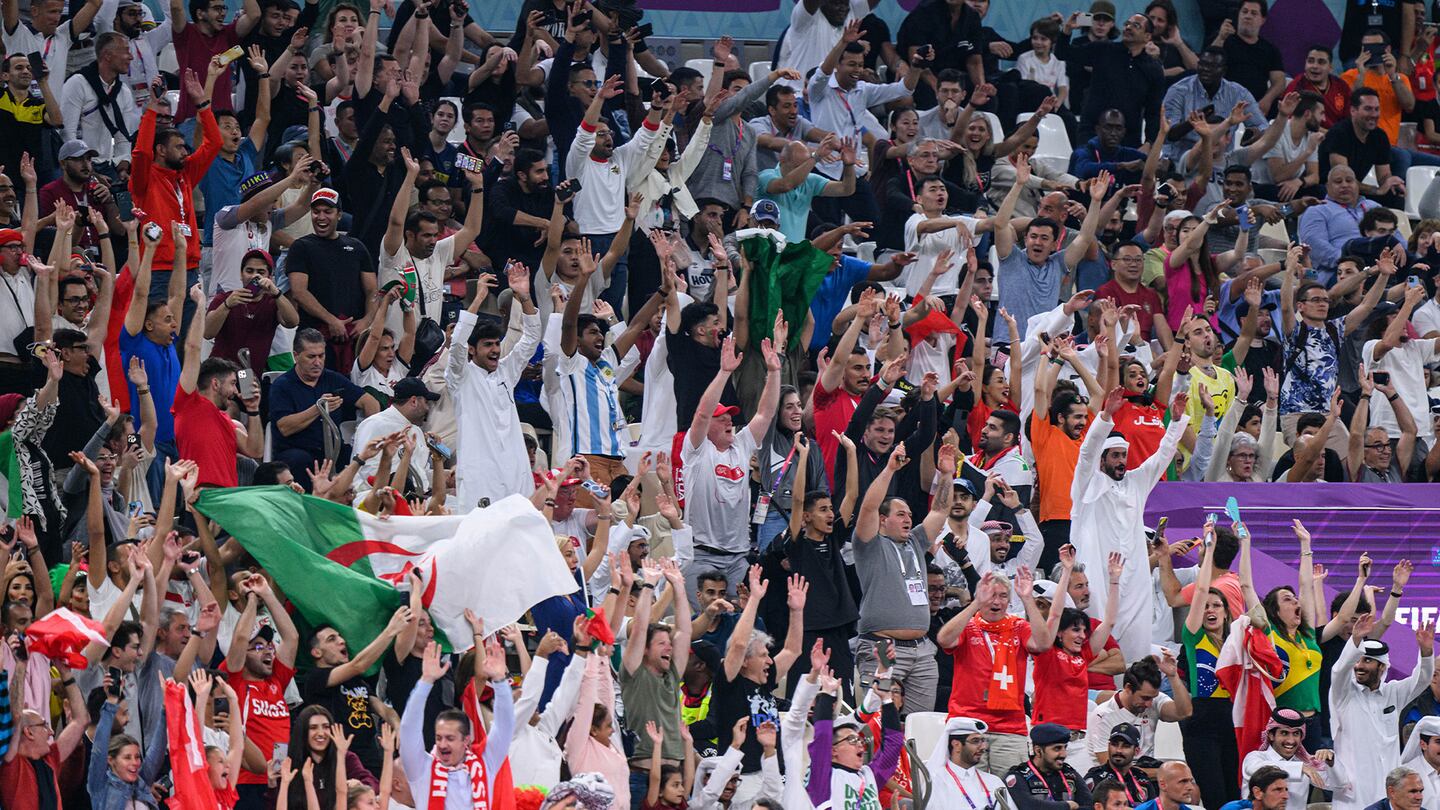
The Business of Fashion
Agenda-setting intelligence, analysis and advice for the global fashion community.

Agenda-setting intelligence, analysis and advice for the global fashion community.

With the semifinals only days away, the 2022 World Cup has brought heightened scrutiny to host country Qatar’s human rights record, in particular the conditions in which migrant workers built the infrastructure the global sporting event required.
But labour rights advocates say poor pay and precarious working conditions are not only the preserve of the Qatari push to construct billion-dollar stadiums and fan-packed hotels. They’re also rife in the Asian factories that produce the football jerseys worn by both players and the legions of fans who support them.
It’s an issue that’s increasingly in the spotlight. Earlier this month, The New York Times ran a major story that ran in the paper’s print issue with the headline “Luxury Soccer Jerseys, but Rock-Bottom Wages” and outlined poor pay and labour violations at some of the suppliers producing World Cup merch for sportswear giant Adidas. The week before, The Times of London also picked up on the issue.
Adidas, which expects to generate some €400 million ($423 million) in revenue as an official World Cup sponsor, has responded to the backlash over Qatar’s human rights record, publicly advocating for a compensation fund for migrant construction workers. But even as scrutiny of its supply chain mounts, support for the workers who reportedly make as little as $0.29 an hour to make the brand’s jerseys and football boots, which retail for up to $90 and $280 respectively, has been less forthcoming, according to the Worker Rights Consortium.
ADVERTISEMENT
Greater transparency at Adidas, which discloses the suppliers contracted to make its World Cup merchandise, has given fresh impetus to rights groups, which have reported several incidents of workplace violations, some of which were picked up in the New York Times story. At an apparel supplier in Cambodia and a footwear supplier in military-occupied Myanmar (which unions urge Western brands to exit on social responsibility grounds), worker-led strikes and bargaining for better pay this year have been met with union-busting tactics and in some cases worker dismissals, while laid-off garment workers at an Indonesian supplier’s factory are still awaiting half of their legally owed severance pay, the Worker Rights Consortium said. Adidas told BoF that workers in its supply chains “are usually paid considerably higher than the local minimum wage” and has called on its Myanmar supplier to reinstate dismissed workers, in line with the brand’s commitment to honouring freedom of association.
Addias is certainly not alone. Recent investigations into factories supplying Nike, which makes jerseys for teams including England, the USA and Portugal but does not name its World Cup suppliers, found similar labour rights issues. Some 3,300 workers at a factory in Thailand, which produces sports apparel for Nike and others, are still owed more than $600,000 in wages, after they were allegedly coerced into taking unpaid leave as the pandemic struck in early 2020, according to the Worker Rights Consortium. Former workers at another apparel factory in Cambodia, whose parent company counts Nike as a major buyer, are demanding $1.4 million in pay and damages after the facility closed in June 2020, per their open letter to Nike shared by the Clean Clothes Campaign.
Sportswear’s track record on workers’ rights is roughly on a par with the wider fashion and apparel industry, according to the BoF Sustainability Index, though there are some aspects of the sportswear supply chain that, in theory, should actually make it less susceptible to labour rights issues.
Performance items like jerseys or football boots require brands to work with a niche, and therefore smaller, pool of specialised suppliers. This often results in longstanding brand-supplier partnerships, the kind that have long been touted by sustainability advocates as a crucial starting point for initiating everything from energy efficiency plans to better wages and safety for workers. But progress towards seizing this opportunity has been slow.
“There are some factories that, potentially, are producing solely for [major sports brands like] Nike,” said Thulsi Narayanasamy, director of international advocacy at the Worker Rights Consortium. “It’s quite a deliberate choice on this on the part of Nike and Adidas to not use their leverage.”
Fashion’s biggest sustainable cotton certifier said it found no evidence of non-compliance at farms covered by its standard, but acknowledged weaknesses in its monitoring approach.
As they move to protect their intellectual property, big brands are coming into conflict with a growing class of up-and-coming designers working with refashioned designer gear.
The industry needs to ditch its reliance on fossil-fuel-based materials like polyester in order to meet climate targets, according to a new report from Textile Exchange.
Cotton linked to environmental and human rights abuses in Brazil is leaking into the supply chains of major fashion brands, a new investigation has found, prompting Zara-owner Inditex to send a scathing rebuke to the industry’s biggest sustainable cotton certifier.